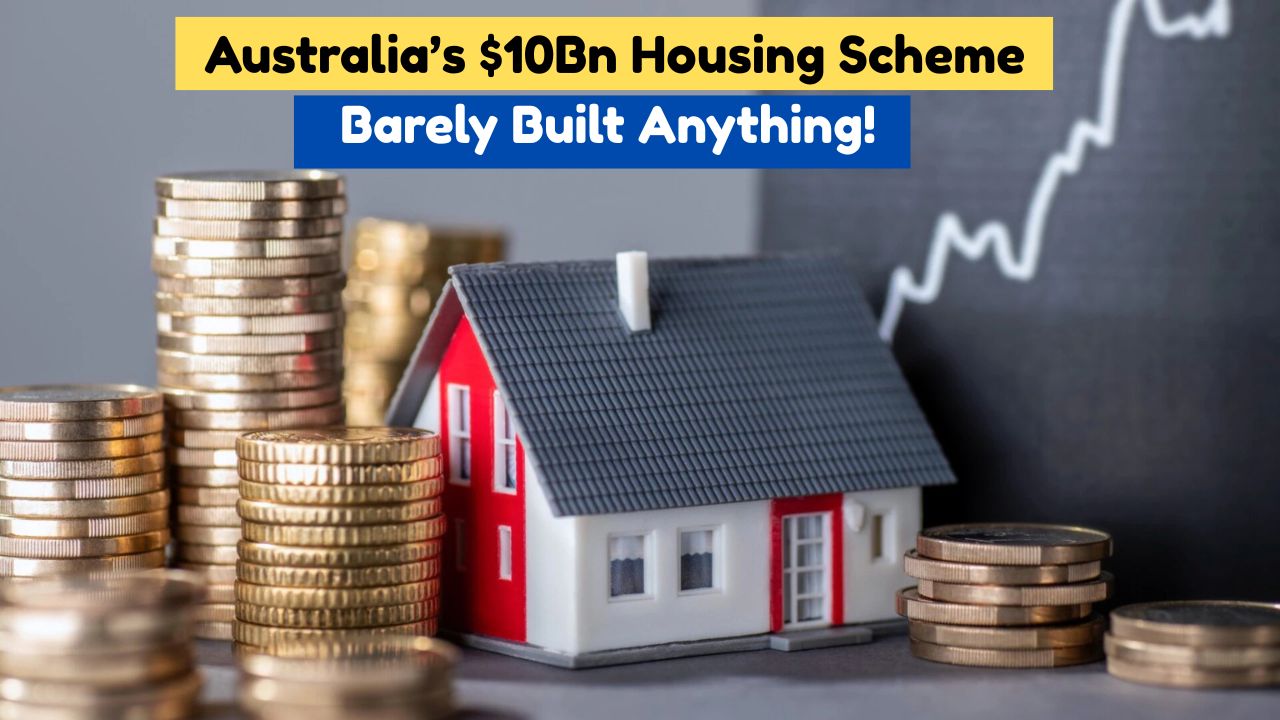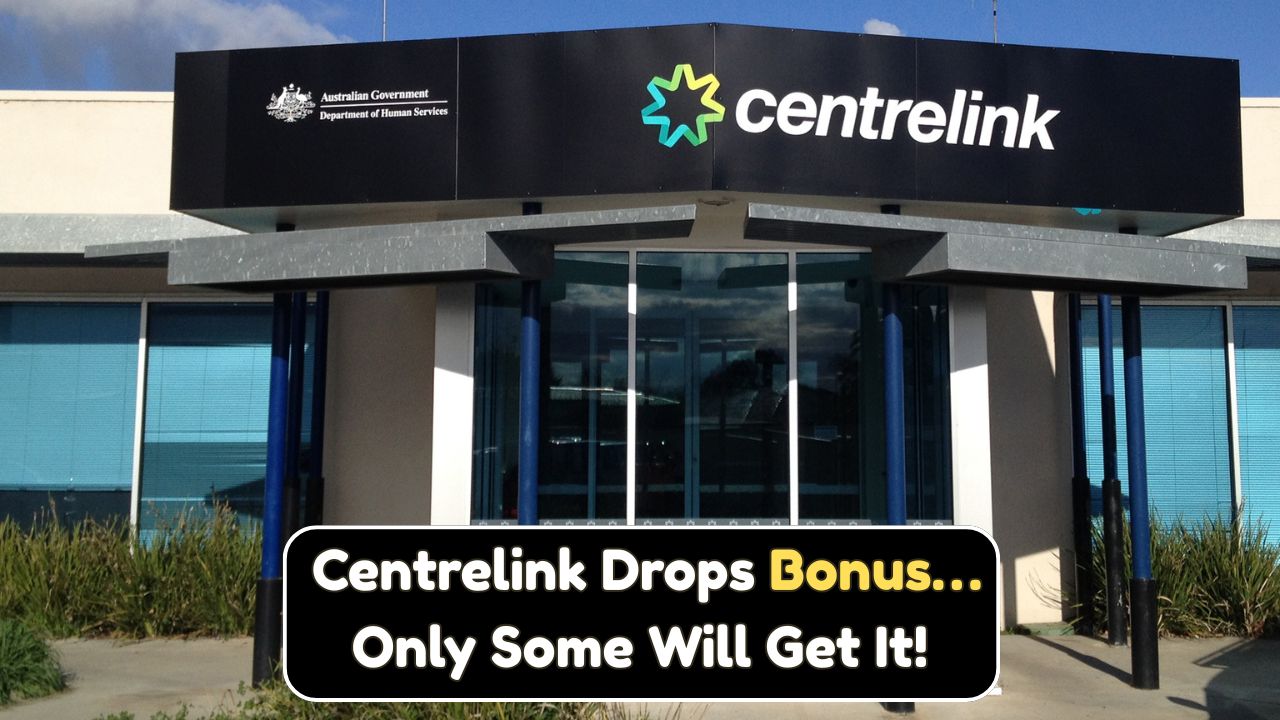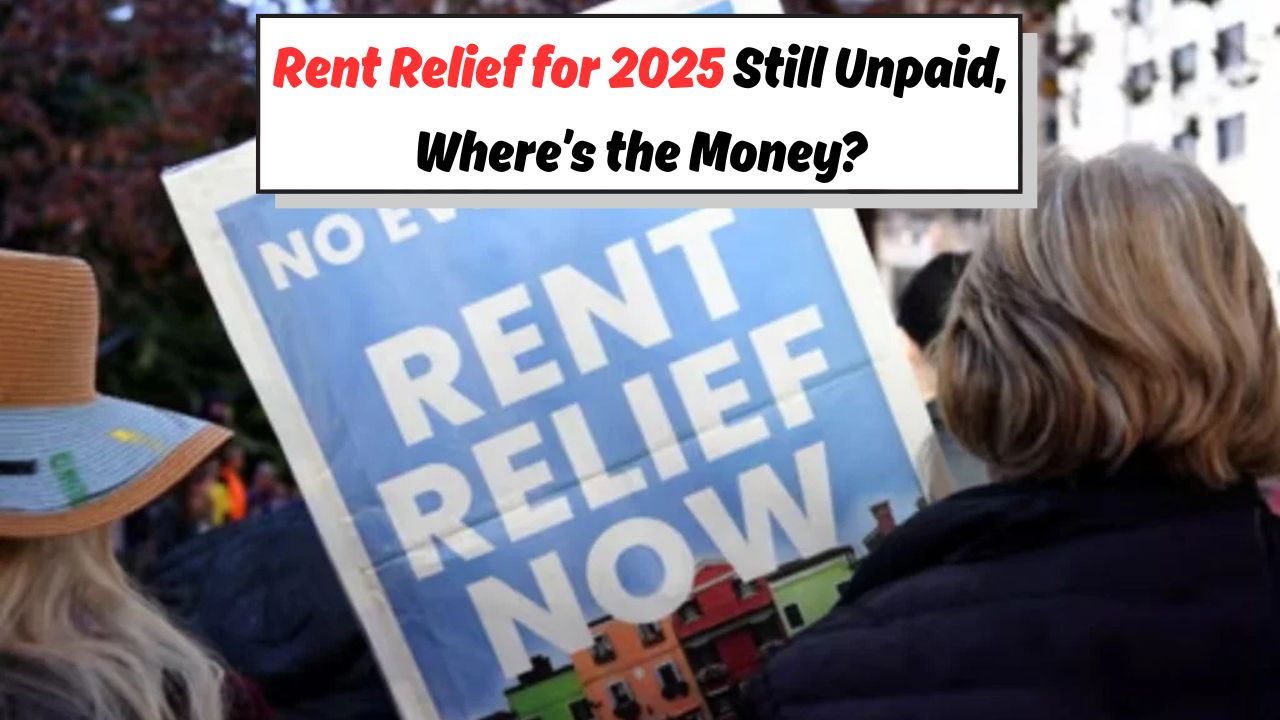$10 Billion Housing Fund – Australia’s politicians sold the Housing Australia Future Fund (HAFF) as a game‑changer. Set up with a dazzling A$10 billion war chest, the scheme promised tens of thousands of new social and affordable dwellings and a permanent revenue stream to keep them coming. Two years on, the scoreboard reads a sobering 900 homes—barely a rounding error against a national shortfall estimated at 640,000 dwellings. What explains the yawning gap between bold rhetoric and bricks on the ground? How did red tape, market conditions, and political brinkmanship combine to stall one of the nation’s most‑trumpeted housing initiatives? This deep dive unpacks the timeline, numbers, and lessons for future policy‑makers and home‑hunters alike.
Promise vs Reality: The $10 Billion Housing Fund Ambition
Despite its marquee price tag, HAFF has produced only a trickle of completed homes. The gap between expectations and outcomes has fuelled public frustration and fierce parliamentary debate.
- Announced Goal: 30,000 new social and affordable dwellings in five years
- Delivered to Date: ~900 homes approved; fewer than 200 fully completed
- National Need: 640,000 additional dwellings by 2035, according to community housing advocates
- Political Stakes: Albanese Government’s flagship promise ahead of the 2025 election
- Public Sentiment: Rising rents, record‑high mortgage repayments, and youth home‑ownership at a 60‑year low
$10 Billion Housing Fund – Key Targets That Stalled
Several milestones were missed or delayed, fracturing momentum in the crucial first two years.
- Senate Gridlock (2023): Nine‑month standoff between Labor, Greens, and Coalition delayed legislation.
- Late Fund Credit (Nov 2023): Capital injection came eight months after the promised start.
- Slow Round‑One Approvals (Jan–Jun 2024): Only 312 dwellings green‑lit nationwide.
- Escalating Build Costs: Materials inflation peaked at 15 % in 2024, shredding tender budgets.
- Local Zoning Battles: Councils rezoned 17 % of proposed sites, forcing redesigns or relocations.
- Labour Shortages: A deficit of 110,000 tradies pushed completion timelines beyond 18 months.
- Interest‑Rate Shock: Eight RBA hikes drove financing costs up 300 basis points, scaring off community‑housing financiers.
$10 Billion Housing Funding Bottlenecks and Bureaucratic Barriers
Even after cash started flowing, complex governance structures and risk‑averse guidelines throttled disbursement speed.
- Multi‑Layer Sign‑Offs: State, federal, and Future Fund approvals required at every stage.
- Performance‑Linked Payments: Builders receive funds only upon hitting strict construction milestones—problematic amid delays.
- Cap on Annual Drawdowns: Only investment returns, not principal, can be spent each year, limiting immediate cashflow.
- Repayment Clauses: Some non‑profits balked at loan‑style terms demanding principal repayment after 25 years.
- Duplication with State Grants: Overlapping programs created confusion and paperwork overload.
Red Tape in the Approval Pipeline
Briefings with community housing providers reveal a six‑step maze before a single shovel hits the dirt.
- Expression of Interest lodged with Housing Australia
- Financial modelling vetting by Future Fund office
- Environmental and cultural heritage clearances at state level
- Local council rezoning or planning permit process
- Federal grant‑instrument execution and compliance audit
- Construction commencement certificate issued
Case Study: Victoria Social Housing Pilot
The first Victorian pilot hoped to open 220 units by mid‑2025. Instead, completion is now pencilled for Q1 2027.
- Original Budget (2023): A$121 million
- Revised Budget (2025): A$159 million
- Key Delay Driver: Discovery of contaminated soil requiring $11 million remediation
- Funding Split: 55 % HAFF, 35 % state grants, 10 % community‑housing equity
Case Study: Community Housing Providers’ Perspective
Providers say the fund’s risk profile doesn’t match real‑world margins.
- Average Net Margin on Social Housing Projects: 1.8 %
- HAFF Expected Return Benchmark: 2.5–3 % plus CPI
- Outcome: Many providers shelved bids, citing unsustainable debt covenants.
Wider Economic Fallout: When Promises Fall Short
With supply stagnant, rents climbed 8.9 % nationally in 2024 and another 6.7 % in the first half of 2025. Regional areas—especially Queensland’s Sunshine Coast and WA’s South‑West—saw double‑digit rental jumps. Mortgage stress reached 36 % of households, the highest since 1990. Critics argue that the fund’s under‑delivery exacerbated market expectations, tempting private landlords to lift rents in anticipation of delayed competition.
Renters at the Sharp End
Analysts from SGS Economics estimate each 1 % fall in vacancy rates adds approximately 2 % to median rents nationwide. With vacancies stuck at 0.8 %, low‑income renters are worst hit:
| Income Quintile | Average Weekly Rent 2023 (A$) | Average Weekly Rent 2025 (A$) | % Change |
|---|---|---|---|
| Lowest 20 % | 368 | 428 | 16.3 % |
| Second 20 % | 421 | 488 | 15.9 % |
| Middle 20 % | 485 | 553 | 14.0 % |
| Fourth 20 % | 562 | 621 | 10.5 % |
| Highest 20 % | 730 | 801 | 9.7 % |
| National Avg | 513 | 578 | 12.7 % |
| Vacancy Rate (%) | 1.1 | 0.8 | — |
Path Forward: Four Fixes to Get Shovels Moving
After months of Senate hearings and stakeholder roundtables, housing economists have coalesced around four actionable reforms.
- Tap Principal in Early Years: Earmark up to A$2 billion of the corpus for immediate grants, replenishing principal over time.
- Single‑Window Approvals: Merge federal and state sign‑offs into an integrated digital portal.
- Construction Apprenticeships Boost: Offer 10,000 fee‑free trade spots with guaranteed HAFF placements.
- Indexed Grant Rates: Peg funding to the ABS construction cost index to neutralise materials‑price shocks.
International Lessons Worth Borrowing
Ireland’s €1.5 billion Housing Finance Agency fast‑tracked 7,400 units in three years by:
- Guaranteeing upfront land‑acquisition funding
- Capping builder margins but underwriting overrun risk
- Publishing real‑time dashboard trackers for every project
Stakeholder Watchpoints
Not all fixes are silver bullets. Treasury warns that tapping principal could breach Future Fund risk limits. Builders lobby for even more relaxed visa caps to ease labour shortages—an idea unions oppose.
Innovation Pilots to Watch
- Modular Micro‑Apartments: NSW pilot slashed build‑time 40 %, cost 18 %
- Community Land Trusts: Tasmania exploring perpetual affordability model
- Green‑Bond Funding: ACT trial uses low‑interest climate bonds to finance energy‑efficient social housing
Snapshot: Promised vs Delivered Homes by State (as of July 2025)
| State/Territory | Promised Homes | Approved Homes | Completed Homes | Average Delay (months) |
|---|---|---|---|---|
| NSW | 6,400 | 1,120 | 190 | 14 |
| Victoria | 6,000 | 980 | 150 | 18 |
| Queensland | 5,200 | 870 | 120 | 15 |
| WA | 3,800 | 650 | 105 | 12 |
| SA | 2,100 | 340 | 52 | 13 |
| Tasmania | 1,000 | 190 | 30 | 11 |
| ACT/NT | 500 | 90 | 13 | 10 |
When an A$10 billion promise yields fewer than a thousand homes, Australians have every right to ask hard questions. Structural reforms—faster approvals, flexible funding, and labour‑market fixes—could yet salvage the scheme’s credibility. But without urgent action, the gap between rhetoric and reality will only widen, leaving renters, first‑home buyers, and vulnerable families stuck on the wrong side of Australia’s housing divide.
FAQs of $10 Billion Housing Fund
Q1: Why did the Housing Australia Future Fund take so long to start building?
Legislative gridlock postponed the fund’s establishment, and layered approval processes slowed project pipelines, pushing first construction starts well into 2024.
Q2: Does the fund actually spend the A$10 billion principal?
No. Only investment earnings can be drawn down annually, limiting immediate cash available for construction.
Q3: How many homes were originally promised and by when?
The Albanese Government pledged 30,000 new homes within five years of the fund’s commencement.
Q4: What role do the states play?
States provide land, planning approvals, and often co‑funding. Without streamlined coordination, each added layer creates new delays.
Q5: Could tapping superannuation or federal land banks help?
Perhaps. Critics argue that unlocking surplus Commonwealth land and allowing targeted superannuation investment could complement HAFF and accelerate builds.
Q6: Are any reforms already underway?
Yes. A July 2025 amendment bill proposes faster drawdowns in the first three years and a “use‑it‑or‑lose‑it” clause for sluggish projects.
Q7: How does HAFF compare internationally?
Its reliance on investment earnings mirrors Norway’s housing funds, but unlike Singapore’s HDB model, HAFF does not directly subsidise land acquisition—often the largest cost component.










